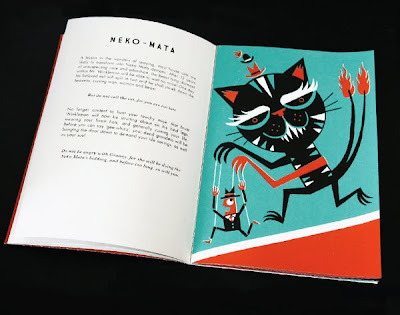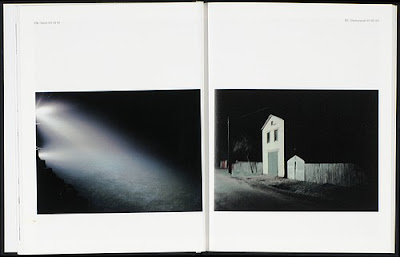
Merz to Emigre and Beyond. Progressive Magazine Design of the Twentieth Century. Edited with text by Steven Heller. Phaidon, London, 2002. 240 pp., 250 color and 100 black-and-white illustrations, 9¾x11½".
"Merz to Emigre and Beyond is a historical survey of avant-garde cultural and political magazines and newspapers from the early twentieth century to the present day.
The book features a unique selection of international publications from Europe and the USA - including, Merz (1920s), View (1940s), East Village Other (1960s), Punk (1970s), Raw (1980s) and Emigre (1990s).
The design of these magazines, often raucous and undisciplined, was as ground-breaking as the ideas they disseminated. Many were linked with controversial art, literary and political movements such as Dada, Surrealism, Modernism, the New Left and Deconstruction. They contain the work of many leading experimental artists and designers of their time - from Kurt Schwitters and El Lissitzky in the 1920s and 30s, to Art Spiegelman and Rudy Vanderland in the 1980s and 90s.
Steven Heller is a Senior Art Director at the New York Times and co-chair of the MFA/Design Program of the School of Visual Arts in New York. A respected authority in the design world, he has written and co-authored numerous publications, including Paul Rand, also published by Phaidon."
Looking at the description of this book it could very possibly be the perfect book as conjured up in my head (I'm absolutely passionate about book and magazines covers, as well as Dada, Surrealism and Modernism. The typography and graphic design of the 1920s and 30s I - to this day - still find the most constantly inspiring and exciting).
This book can of course never measure up to my ultimate idea of it, but I'm still pretty excited about this publication from the ever-reliable Phaidon Press.














































